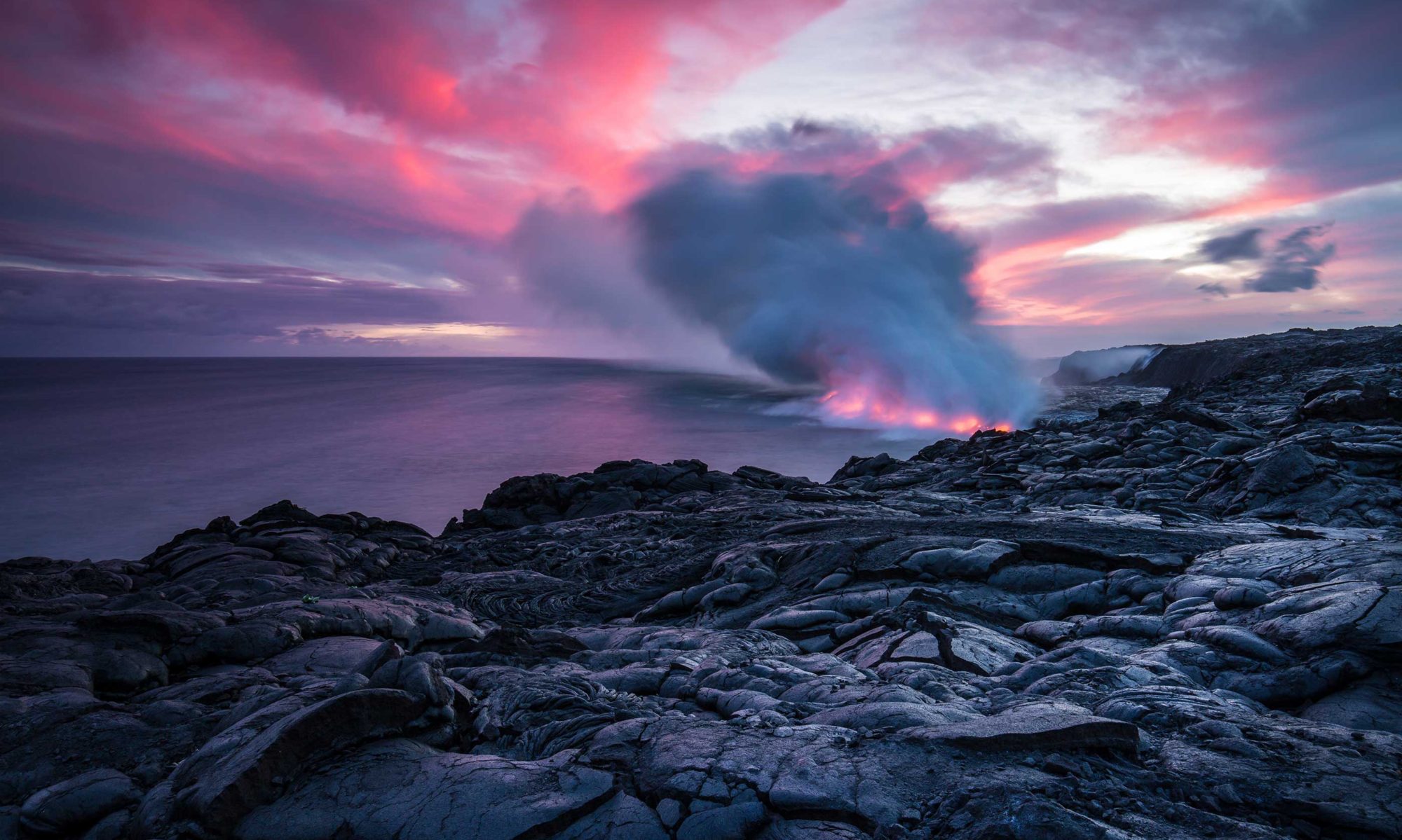A new study has revealed that glacier mass loss is accelerating at an alarming rate due to fossil fuel-driven climate change. Nearly 40% of existing glaciers are already irreversibly committed to melting, even if emissions were cut immediately. If global temperatures rise to the projected 2.7°C, approximately 75% of the world’s glaciers will disappear. The study’s findings emphasize the catastrophic consequences of continued warming, including sea level rise, water scarcity, and mass migration, affecting billions who depend on glaciers for water regulation, agriculture, and tourism.
The research, published in Science, is unprecedented in scope, utilizing eight glacier models calibrated with real-world data to simulate long-term ice loss for over 200,000 glaciers outside Greenland and Antarctica. This approach revealed that glacier mass loss will continue for centuries even if current temperatures stabilize, underscoring the long-term inertia of glacial systems. While previous estimates focused only on losses by 2100, this broader perspective shows that glacier decline will continue far beyond the end of the century.
Regions such as the western U.S. and Canada are among the hardest hit, with up to 75% of glaciers there already doomed to vanish. In contrast, glaciers in the high-altitude Hindu Kush and Karakoram ranges are more resilient but still projected to shrink significantly. Particularly concerning is the fate of Arctic Canada, where 80% of glaciers are expected to melt. Conversely, only 5% of glaciers in parts of the Hindu Kush-Karakoram-Himalaya region are currently considered “doomed,” highlighting global disparities in vulnerability.
This vast glacier mass loss carries serious implications. Glaciers are responsible for about a quarter of observed sea level rise. The melting of doomed glaciers alone will contribute an additional 11 cm, and if warming reaches 2.7°C, the contribution could rise to 23 cm. Lowering global heating to 1.5°C, the goal of the Paris Agreement, could reduce this to 14 cm and save about half of the remaining glacial ice. Every tenth of a degree matters; each increment avoided would preserve an estimated 2.7 trillion tonnes of ice.
In addition to rising seas, melting glaciers increase the risk of glacial lake outburst floods, devastate mountain ecosystems, and cripple regions reliant on glacier-fed tourism. These findings send a stark message: delaying action on emissions not only worsens immediate climate impacts but commits future generations to a profoundly altered planet.
Dr. Harry Zekollari, co-lead author from Vrije Universiteit Brussel, stated, “The choices we make today will resonate for centuries.” Co-author Dr. Lilian Schuster emphasized the visual disconnect, warning that glaciers are slow to respond and that the true scale of their retreat will not be fully visible until much later.
Ultimately, the study reinforces that glacier mass loss is both a powerful indicator and a consequence of climate change. With the UN’s International Year of Glaciers’ Preservation underway, global leaders are urged to act decisively. As Zekollari warned, “Everything is connected”—emissions in one part of the world melt ice in another, with global consequences.

